The R8 is AWD. Audi heavily promotes its quattro system, which can send up to 15% of the power to the front axle to enhance traction and provide better grip on slippery surfaces. However, I found it extremely frustrating. The Gen1’s mechanical system is outdated and, to put it mildly, inconsistent. On the road, it’s fine, pulling out of a junction in the wet, there’s noticeably more grip. But on the circuit, it was irritating.
I did a track day at Castle Combe in pouring rain, and even with the AWD system, breaking traction was surprisingly easy.![]()
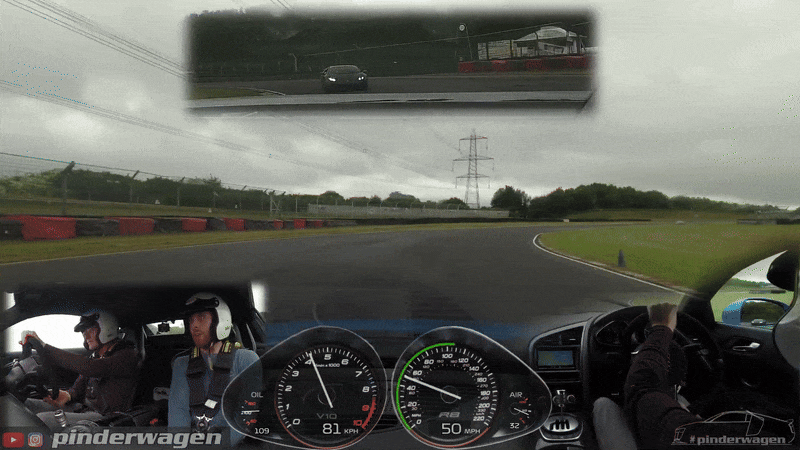
The issue was that no matter what I tried, I couldn’t consistently get drive to the front axle on corner exit. One lap, it would tuck the nose in beautifully; the next, nothing, you’d understeer on exit. The lap after, you’d assume no torque would go to the front, but then it would, and you’d hit the apex kerb as the nose pulled in. Since the front differential is mechanical, there’s no way to adjust it. The Gen2’s electronic system is far more consistent.
The upside of a straightforward mechanical system is that it’s easy to disassemble. Or, in modern slange “AWD Delete…” First, remove the large hex bolt securing the CV joint to the wheel bearing.
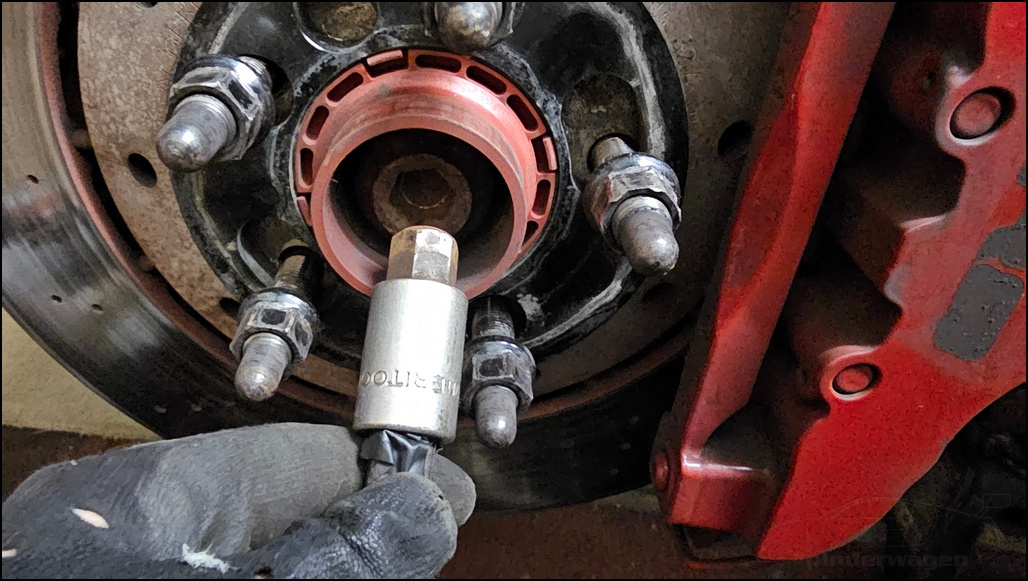
The CV grease had started melting and was visible as liquid at the bottom of the hole.
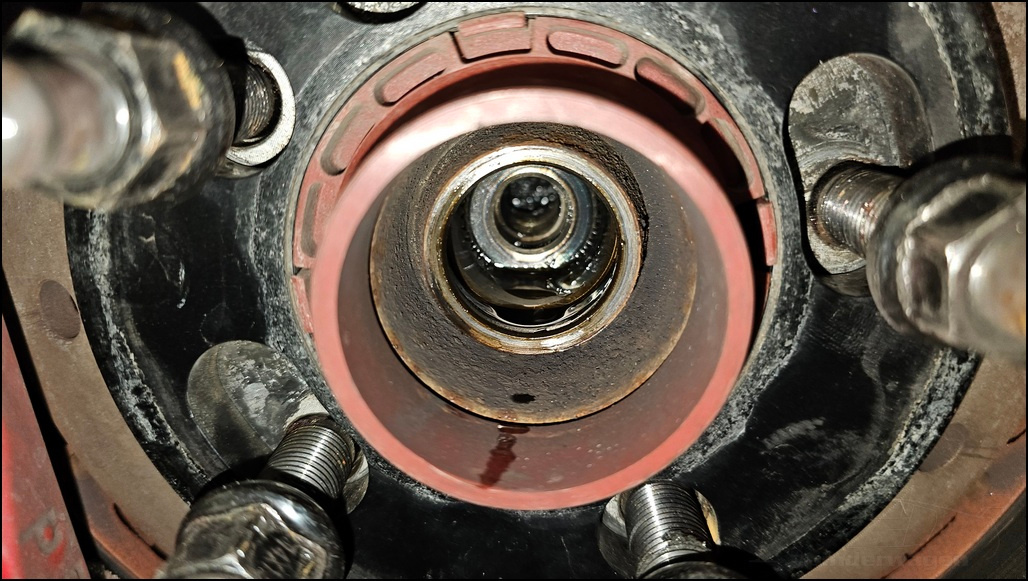
With enough wiggling, you can extract the CV joint from the hub without removing the tie rod.
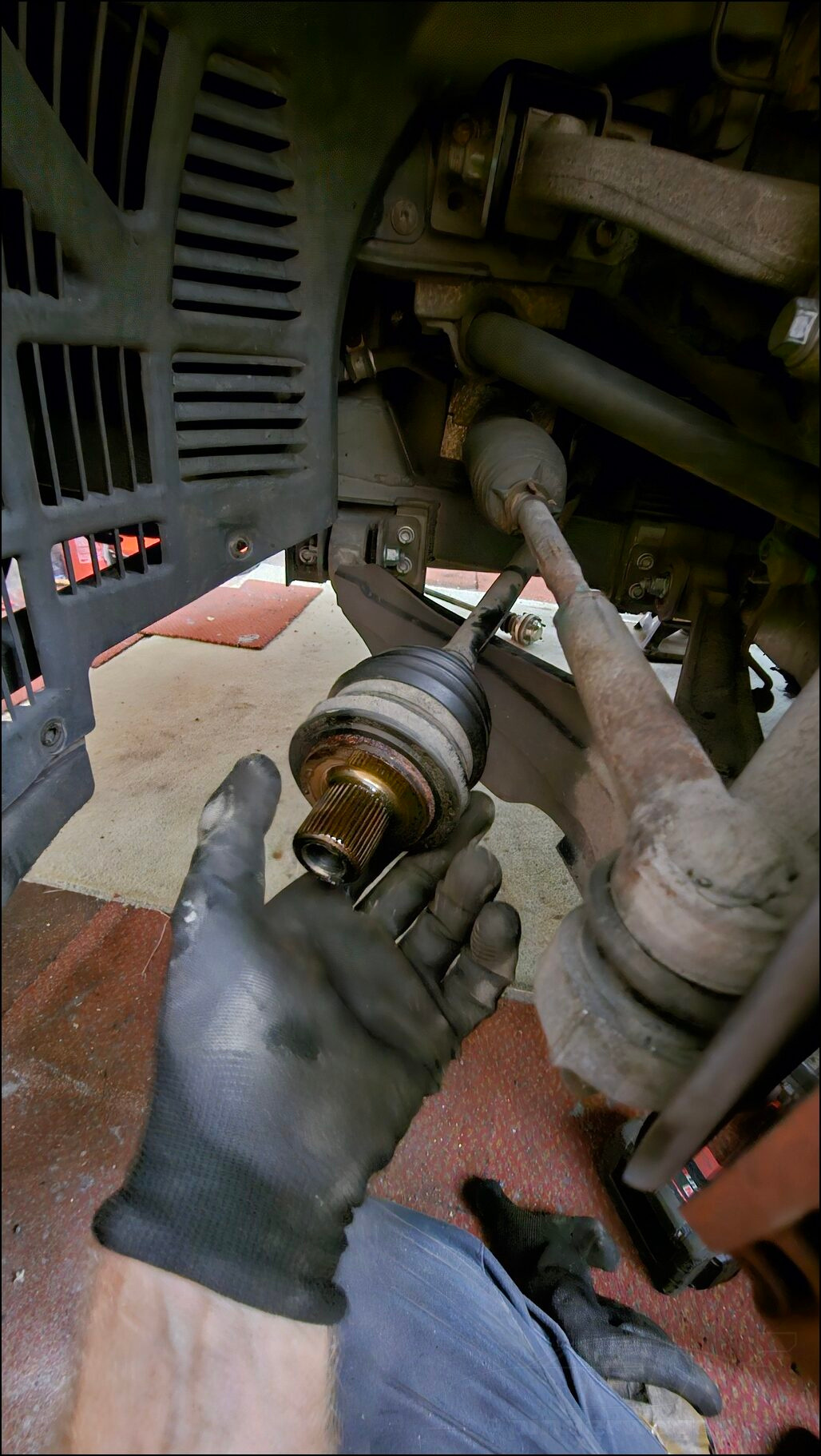
Remove the center undertray to access the propshaft and differential. Once the undertray is off, unbolt the propshaft from the differential’s input shaft and the gearbox’s output shaft. The center bearing is secured by two bolts, and then the propshaft lifts out easily.
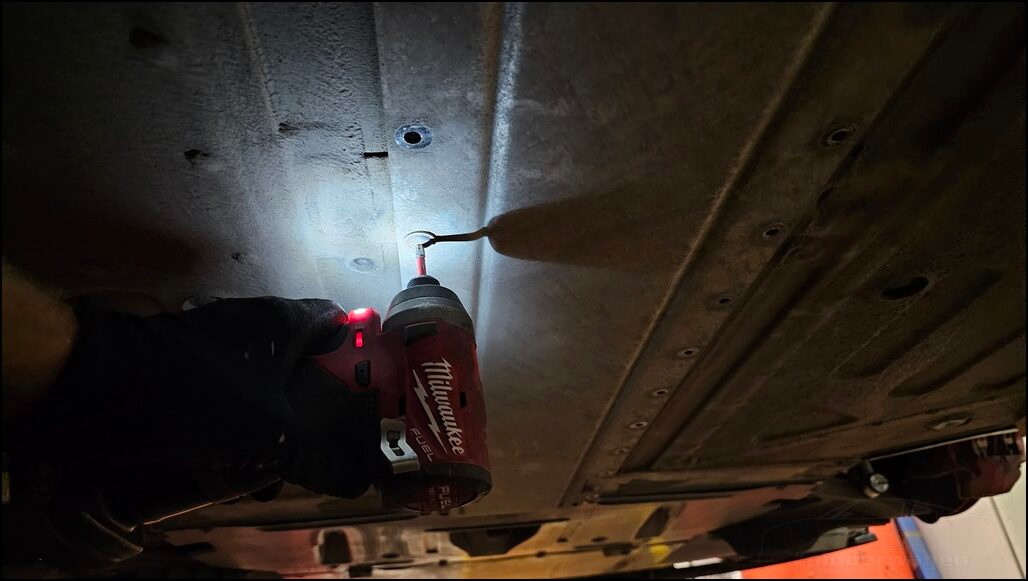
Next, remove the inner CV bolts. An impact gun with a long extension makes quick work of them.
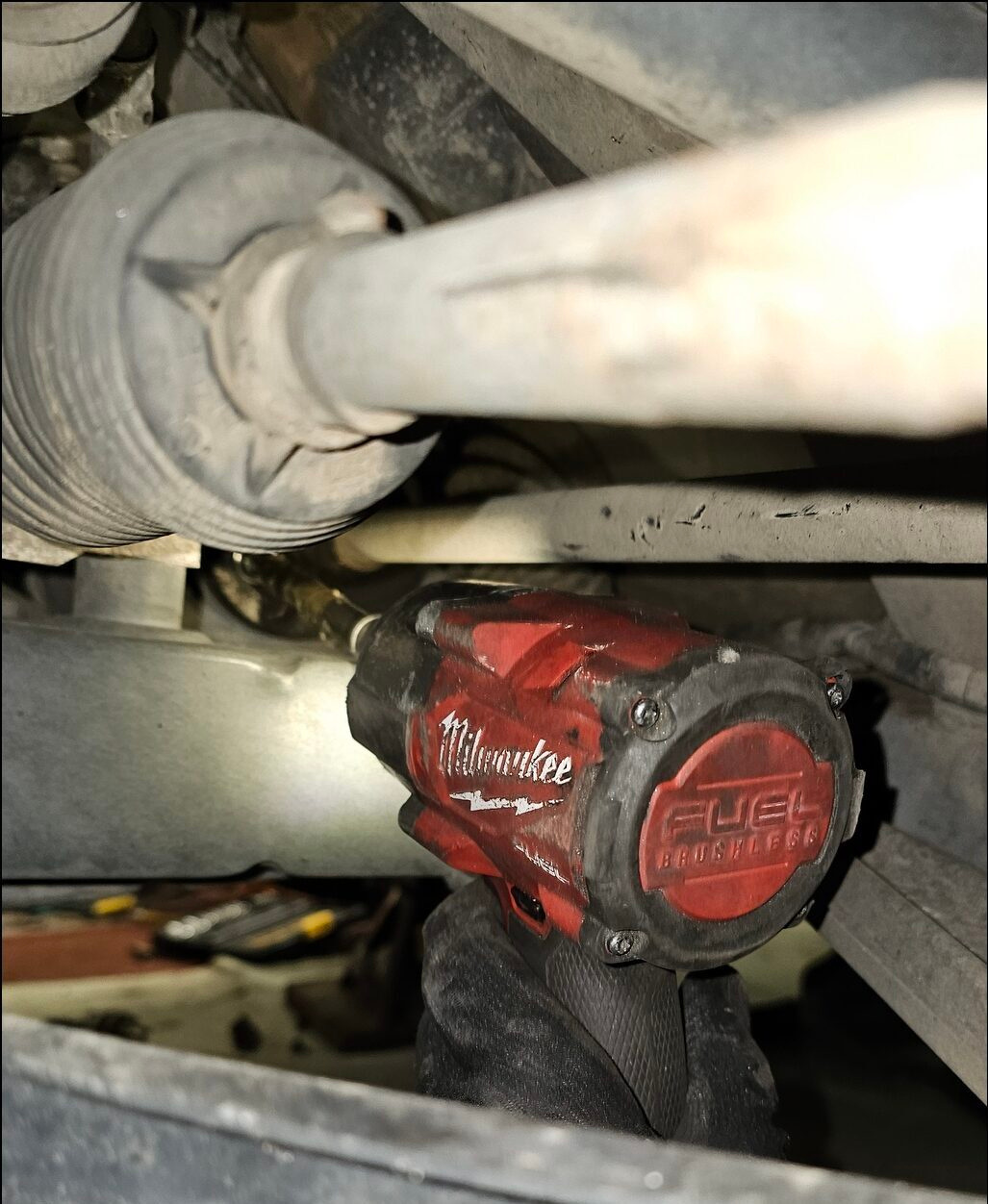
With the driveshafts out, you have two options: purchase machined down outer CV joints or reuse the original CV joint. You need something to clamp the wheel bearing together.
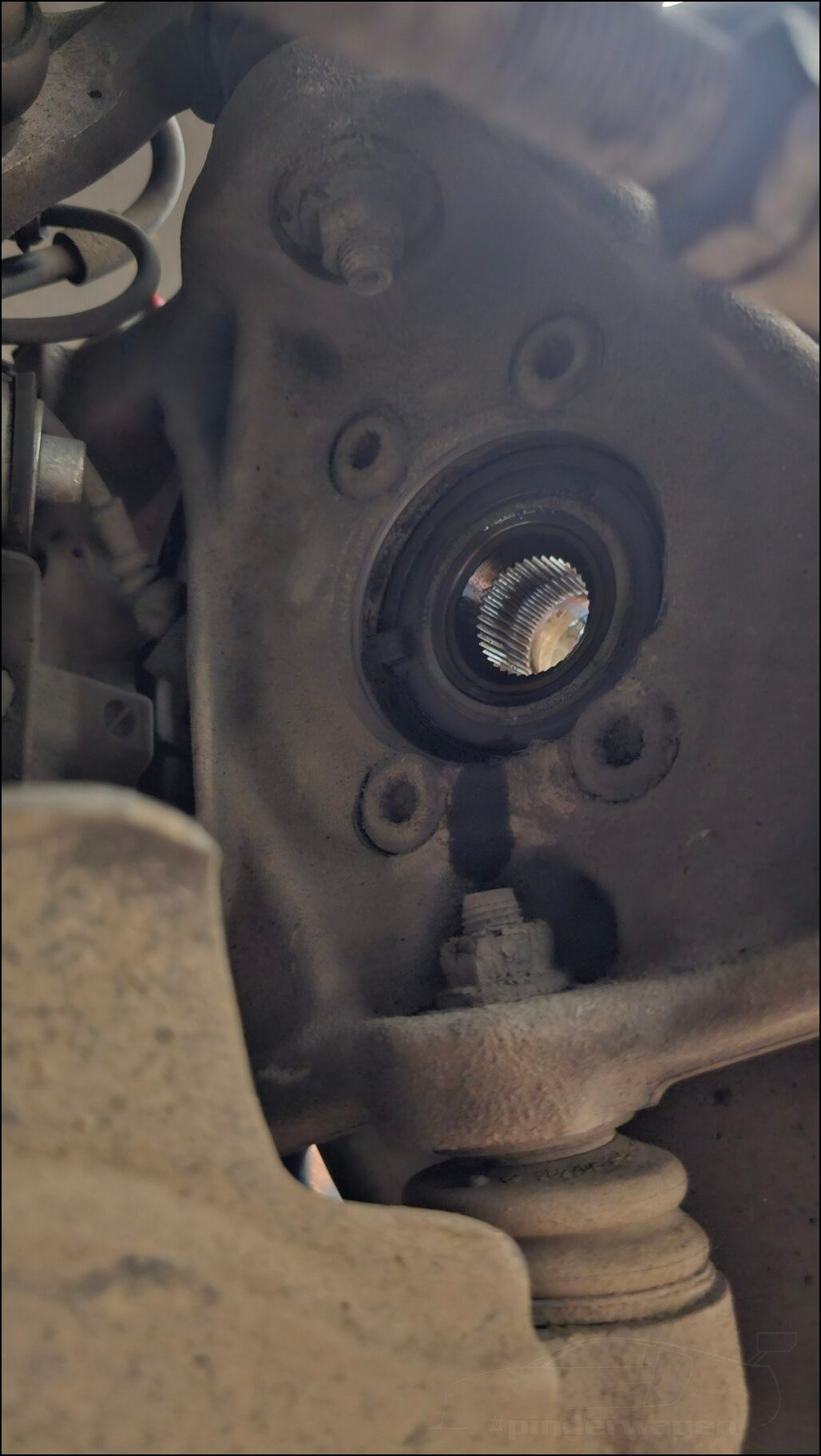
I didn’t have machined down outer CV joints like these.
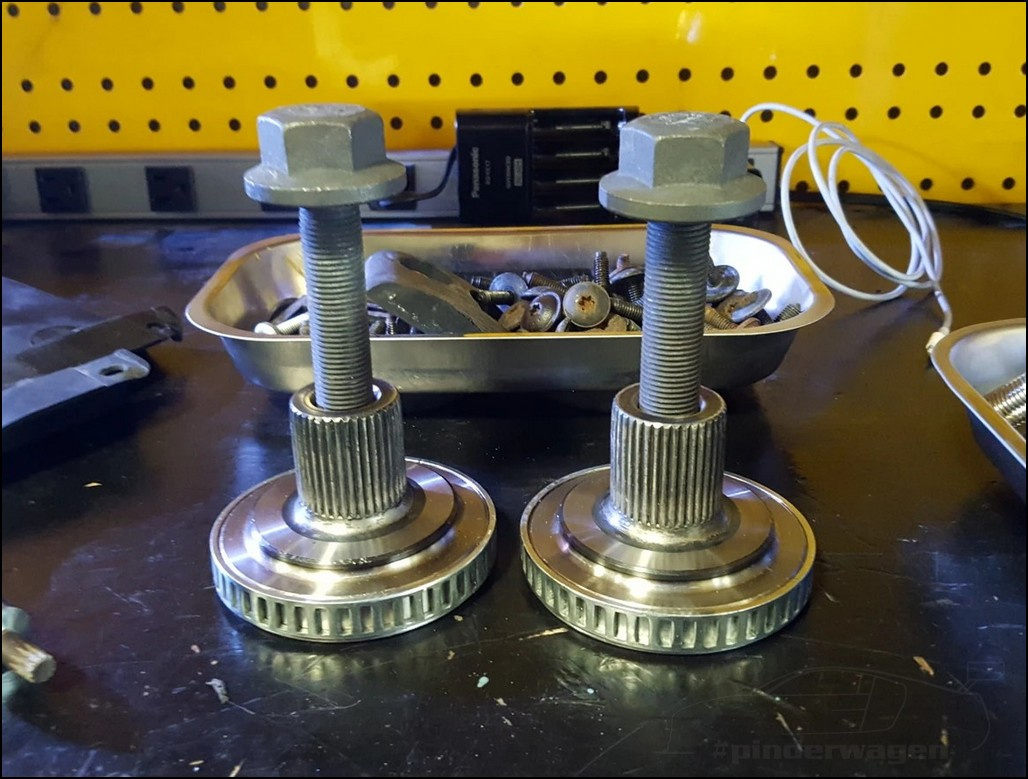
The CV joint was tight on the driveshaft. The easiest way to remove it is to screw in the bolt until it pushes the shaft out of the inner part.
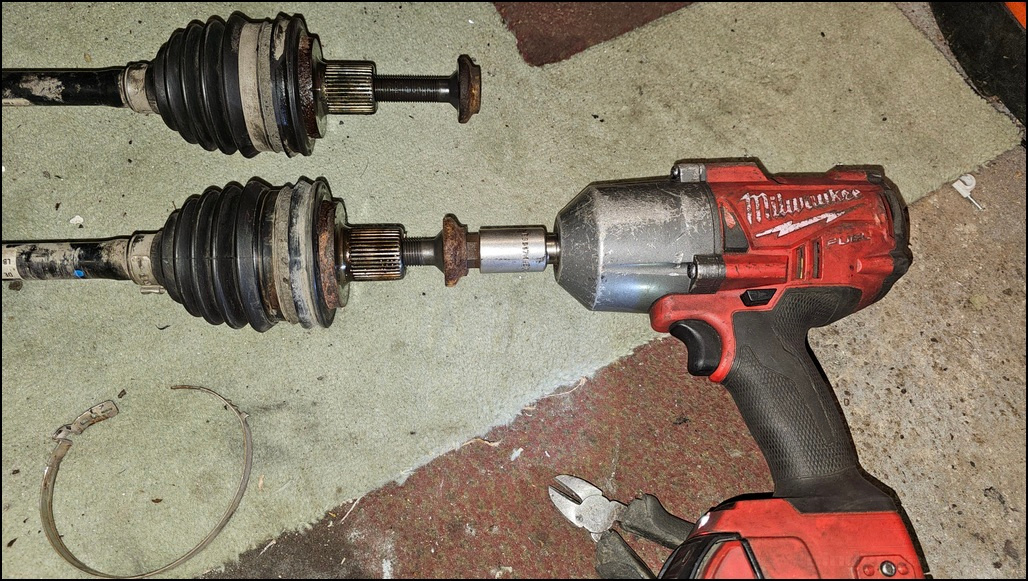
With the CV joint off the shaft, remove the inner race and balls.
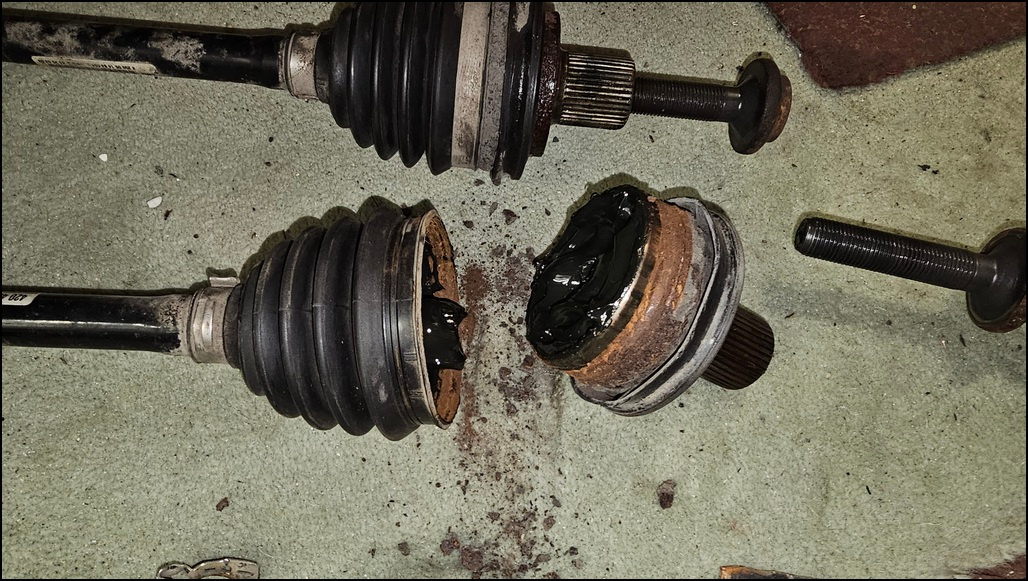
They pop out easily. Then, degrease the outer CV joint.
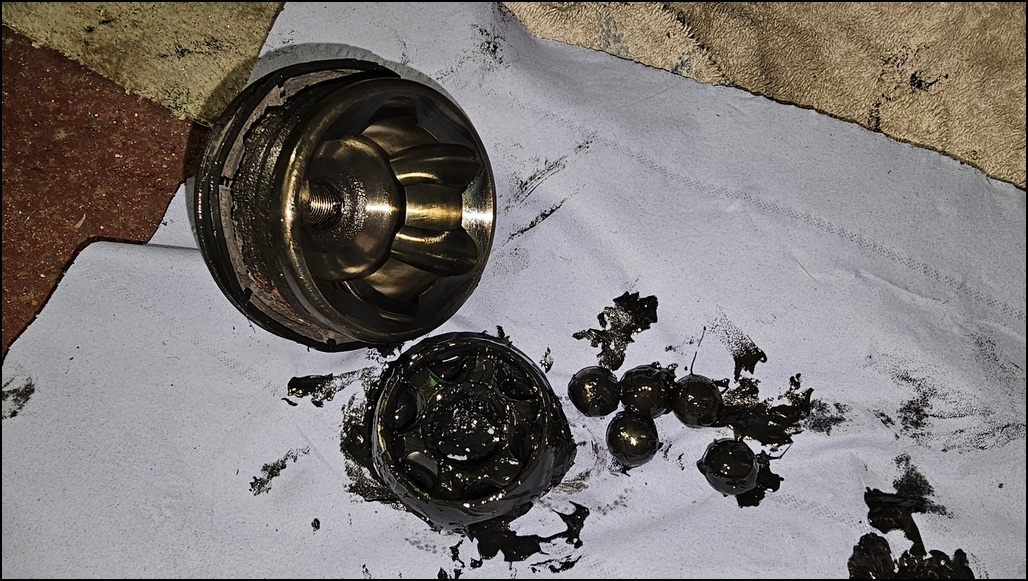
Bolt the outer CV joint back into the wheel bearing.
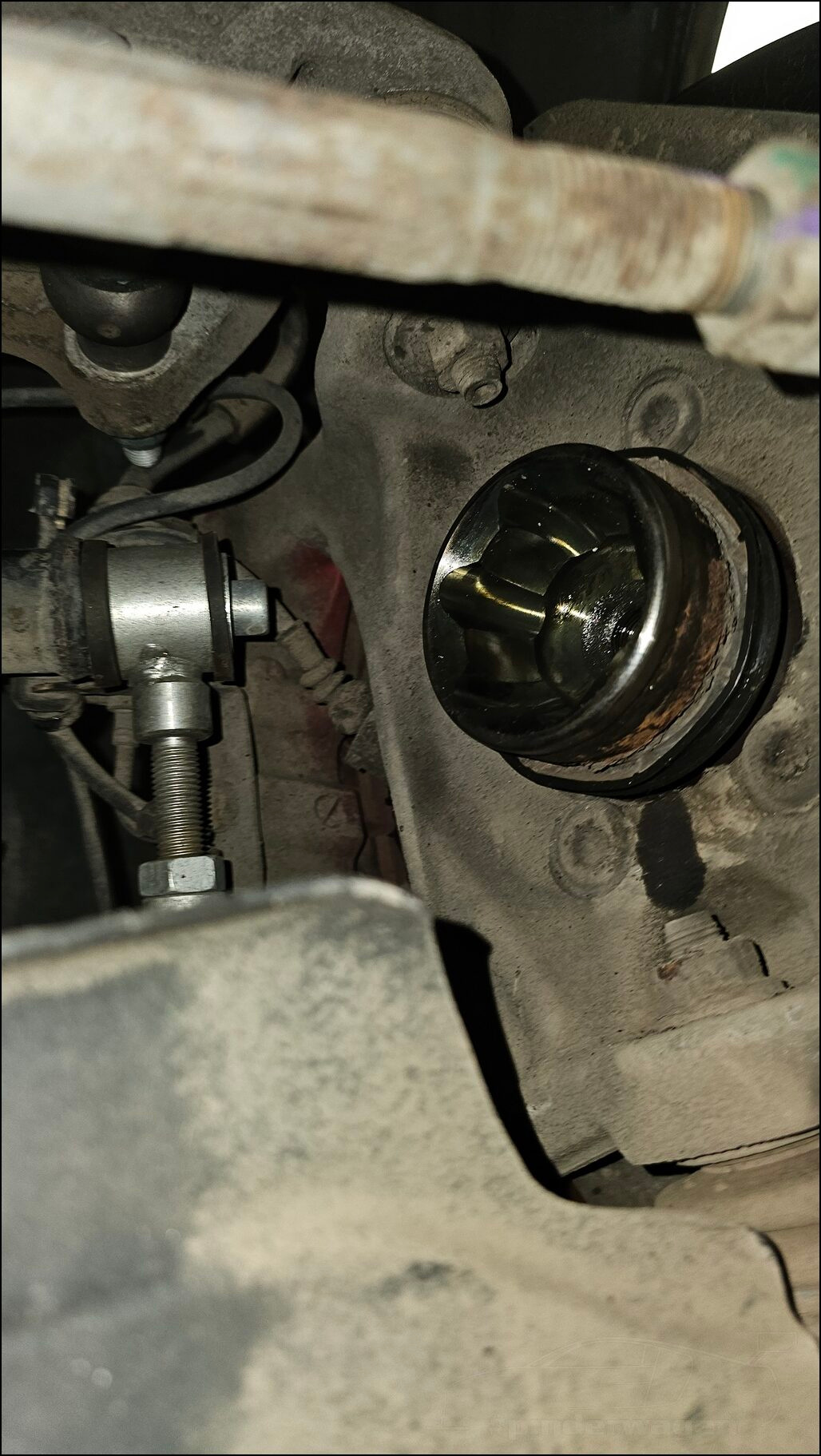
The front differential is easily unbolted and lifted out. My oil cooler pipes were slightly in the way, but it wasn’t a major issue.
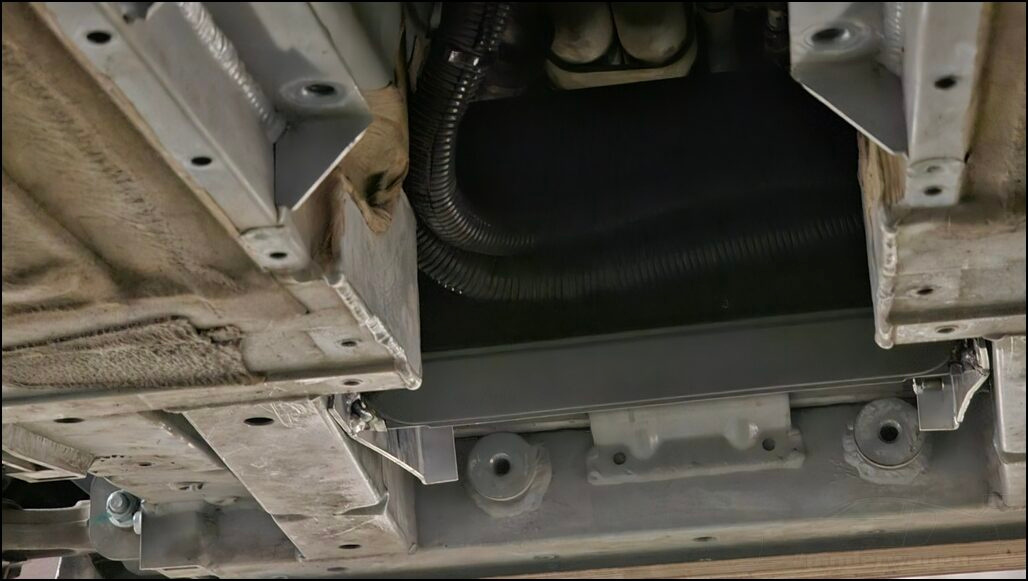
Normally, you’d replace the covers and call it done. But if you have the gearbox out and remove the flywheel, you can also remove the output shaft for the AWD system. Start by removing the center nut.
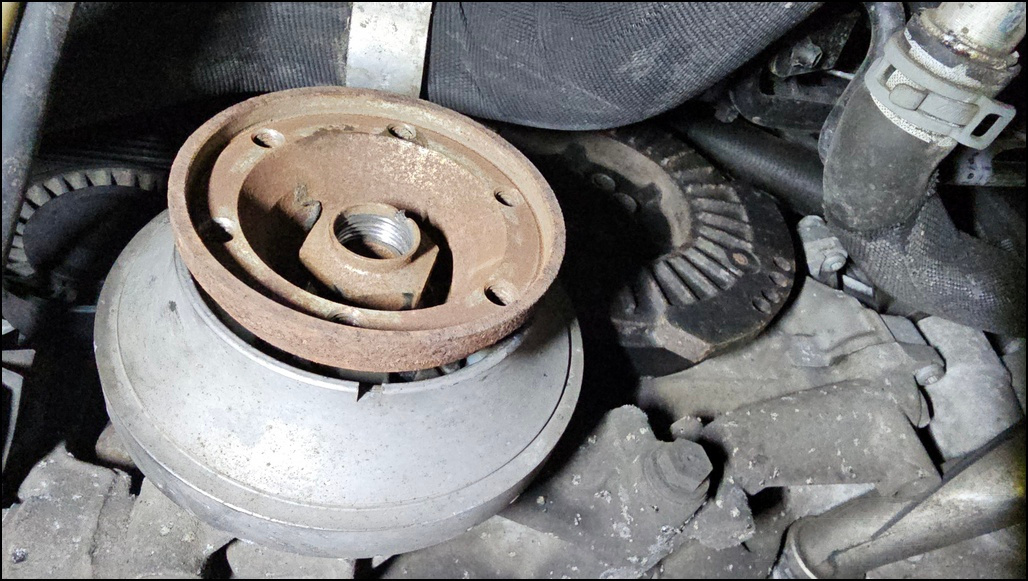
Next, remove the circlip securing the rear bearing to the engine.
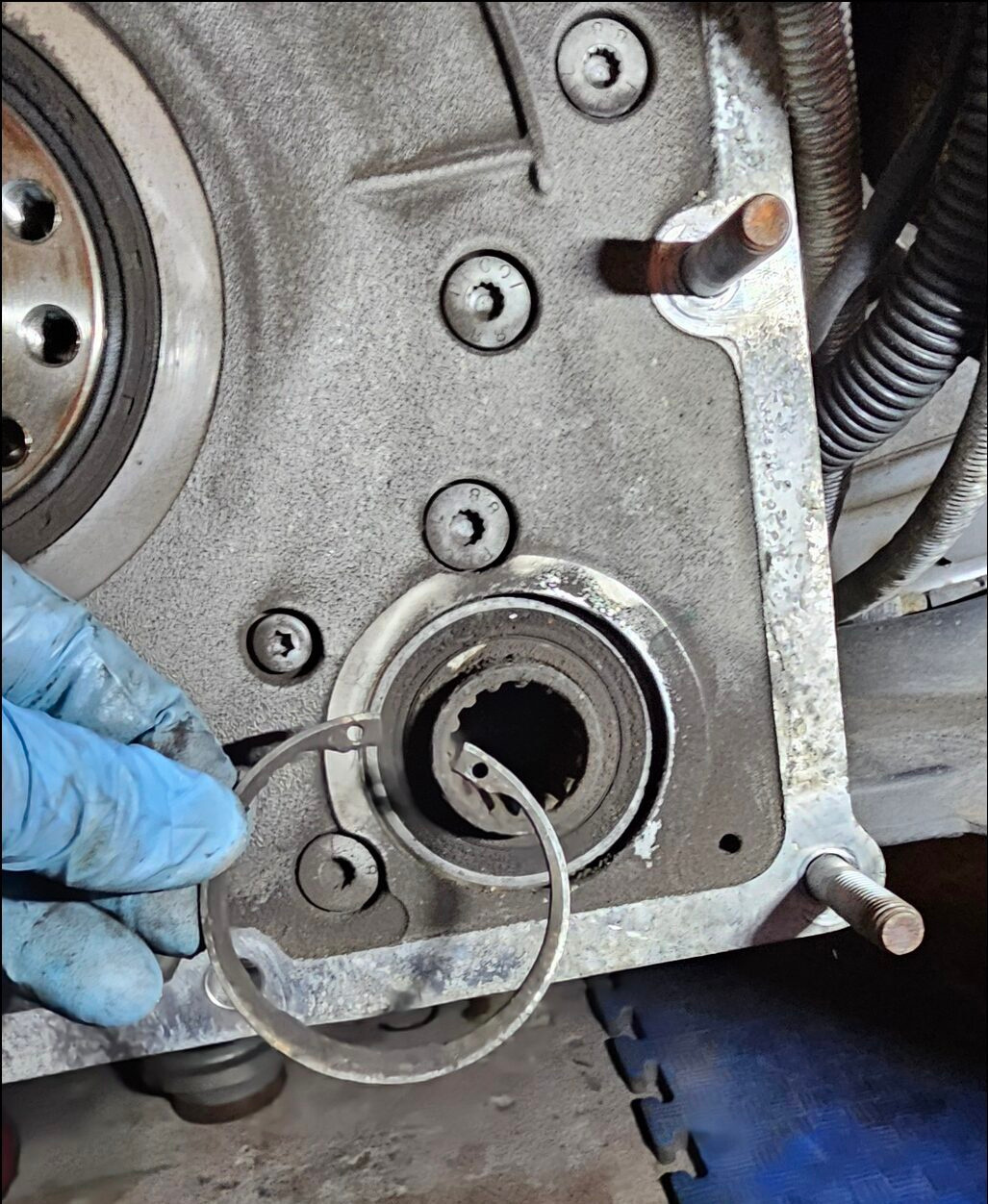
Then, gently tap the shaft through the engine sleeve to remove it.
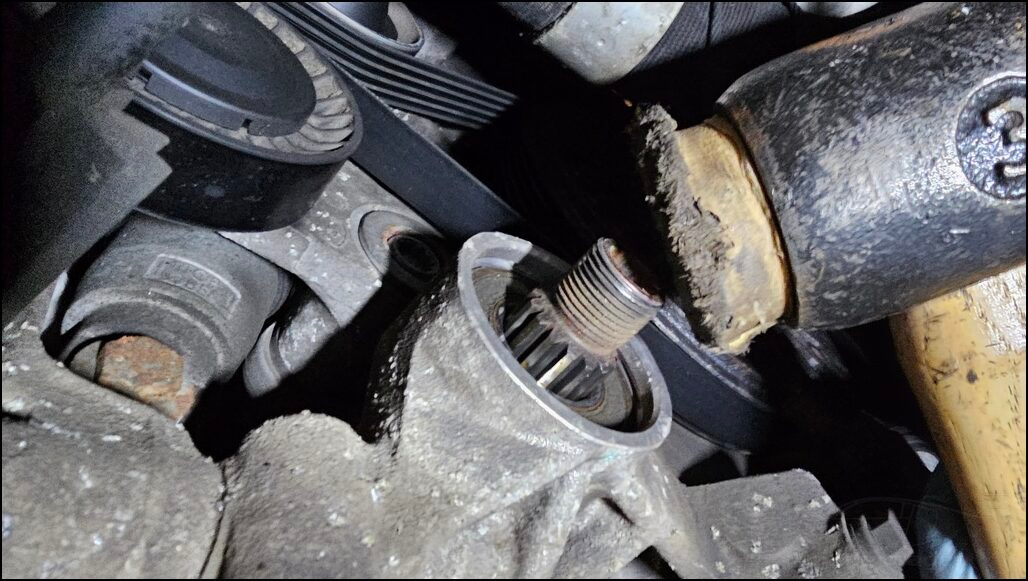
The shaft comes out with the rear bearing attached. Why bother? Because it’s heavy—5 kg for the shaft and drive flange.
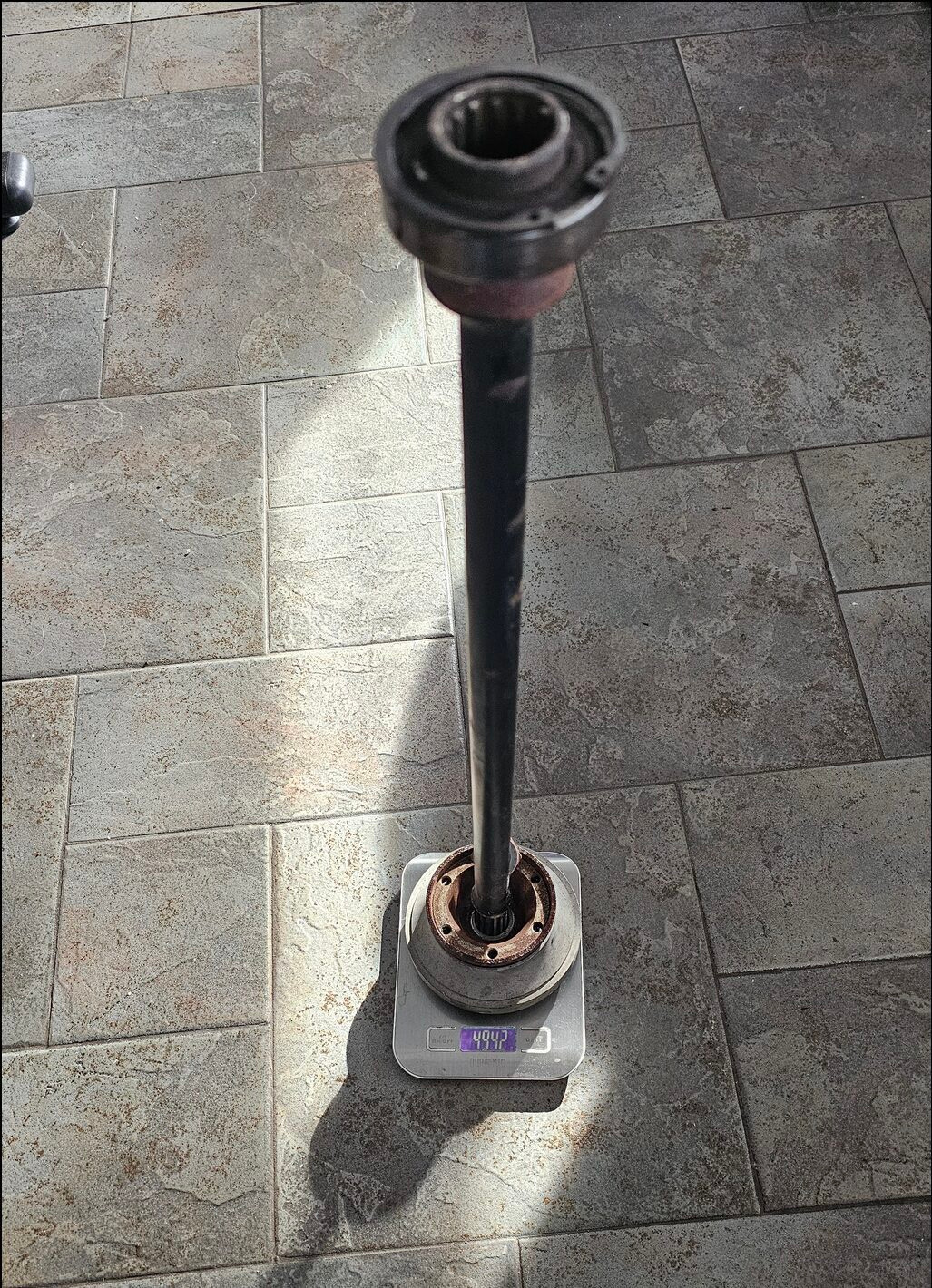
The flange alone weighs 2.7 kg.
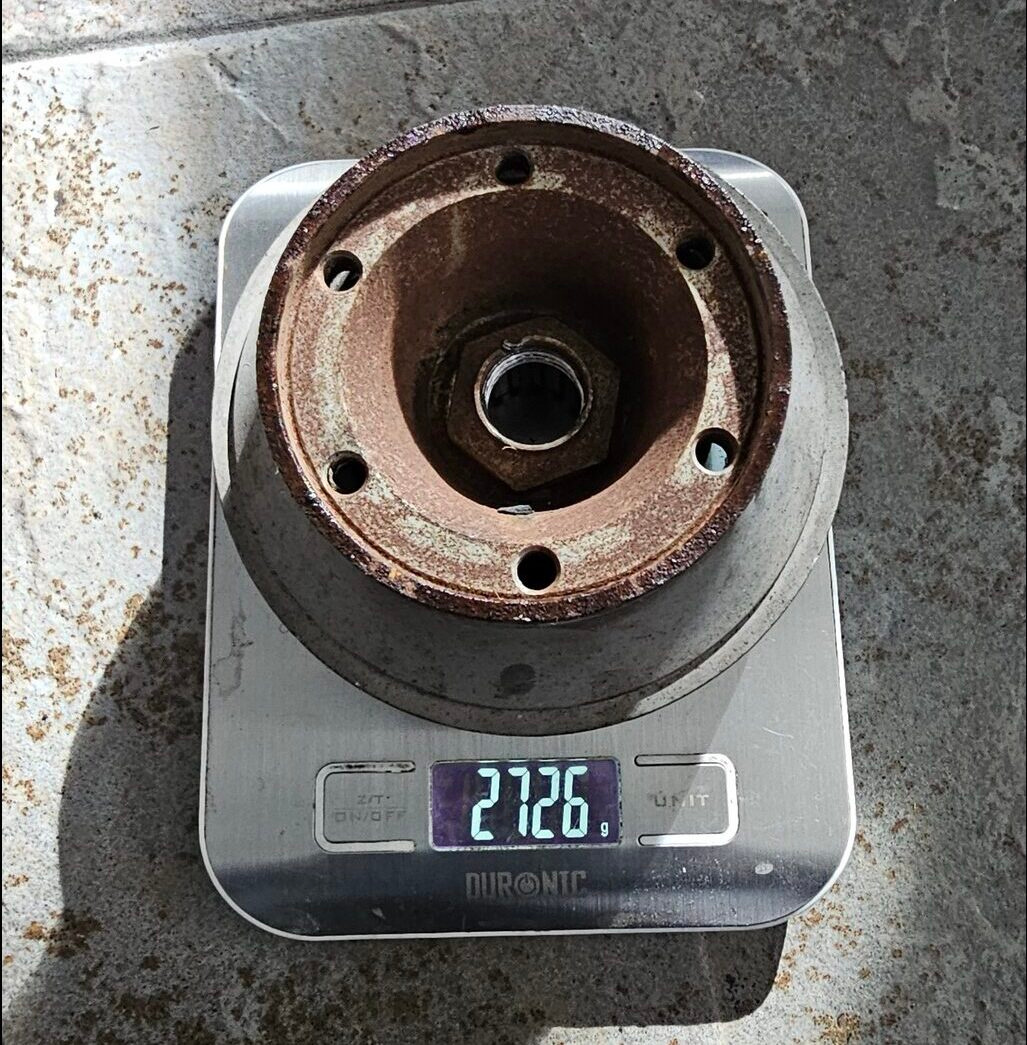
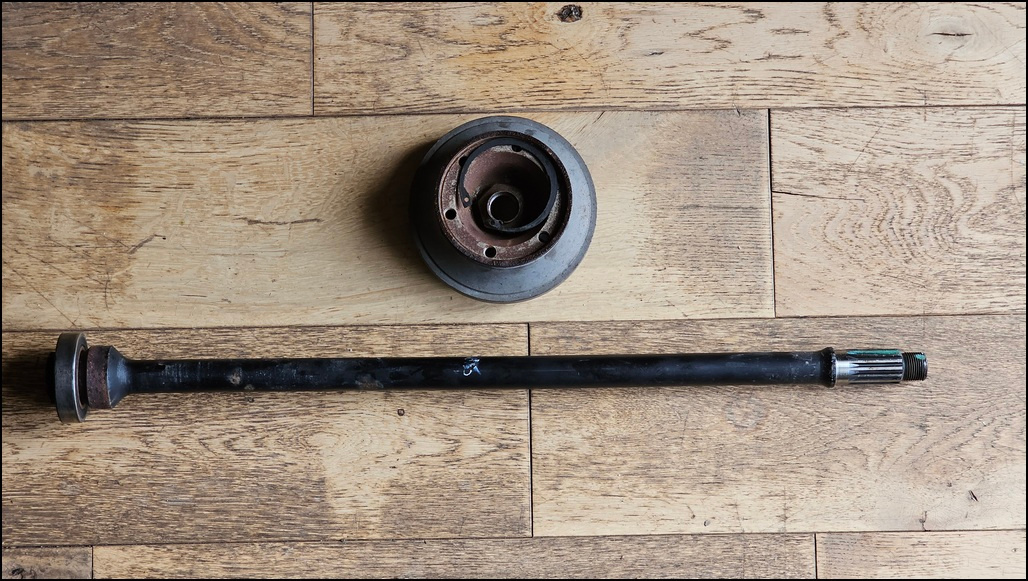
I weighed everything after removal:
Front Diff: 22.1 kg
Propshaft: 7.3 kg
Driveshaft and inner CV: 3 kg
Gearbox drive: 5 kg
Total: 37.4 kg
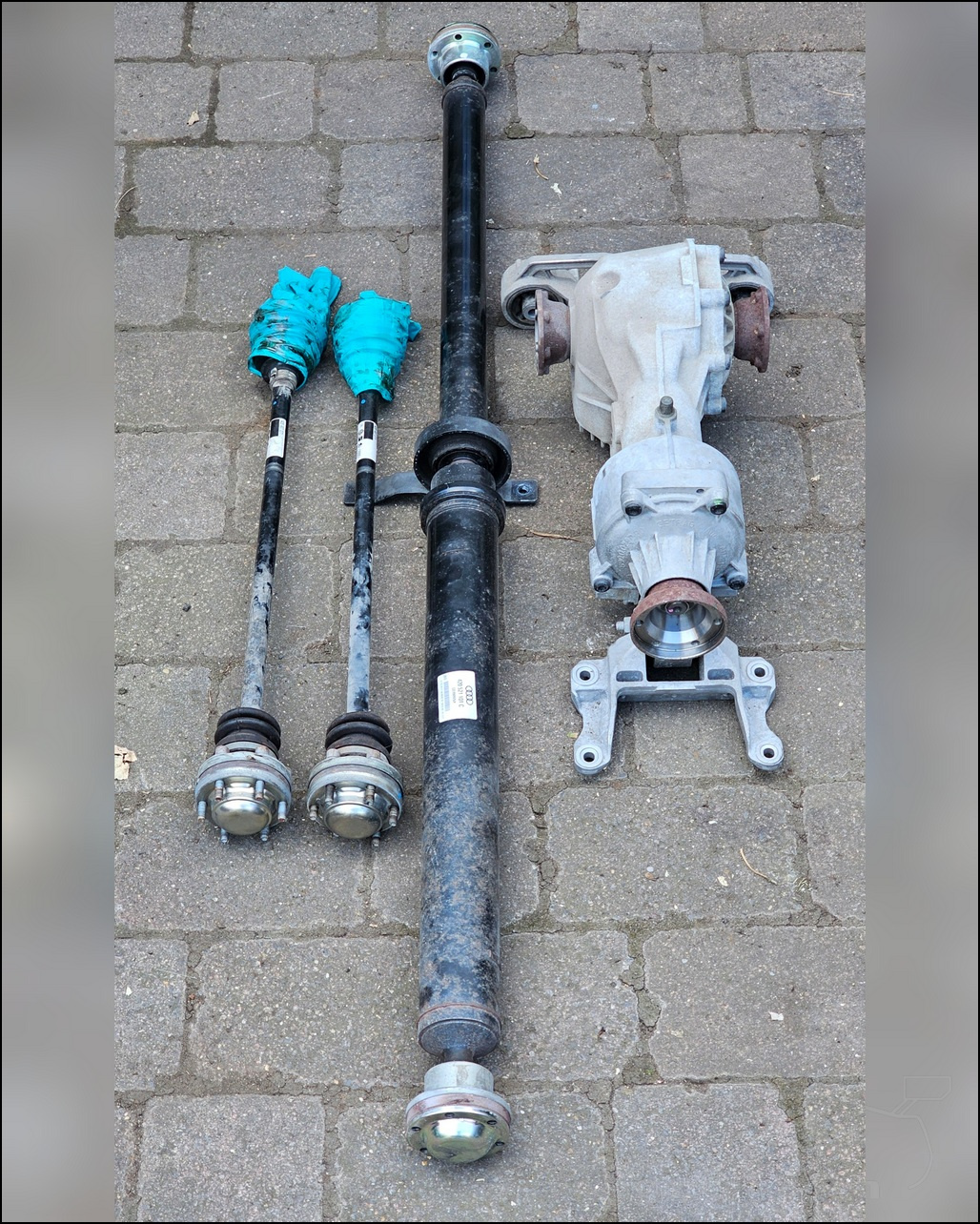
The weight savings are worthwhile, but that’s not the main reason for this modification. On the road, I immediately noticed lighter steering . For reasons I don’t fully understand and others have reported the same, the clutch also felt lighter. I wouldn’t have thought that would make a difference to the clutch feel but I noticed it and a friend said “you never mentioned the clutch felt lighter” when he carried out the mod. Pulling out of junctions, especially in damp conditions, can easily overwhelm the rear tires, and the traction control light flashes to prevent embarrassing moments.
On the track, the difference was dramatic: lighter steering, sharper responses, and, most importantly, consistency. Turn into a corner, and the car behaves predictably every time. If I miss an apex now, it’s my fault, not the differential’s. 
This is one of the simplest modifications I’ve made to the car, and it’s fully reversible. To test it, simply remove the driveshafts and refit the CV joint to secure the wheel bearing, then take the car for a drive to see if you like it. For track use with a Gen1 R8, I honestly don’t know why you’d keep it AWD.